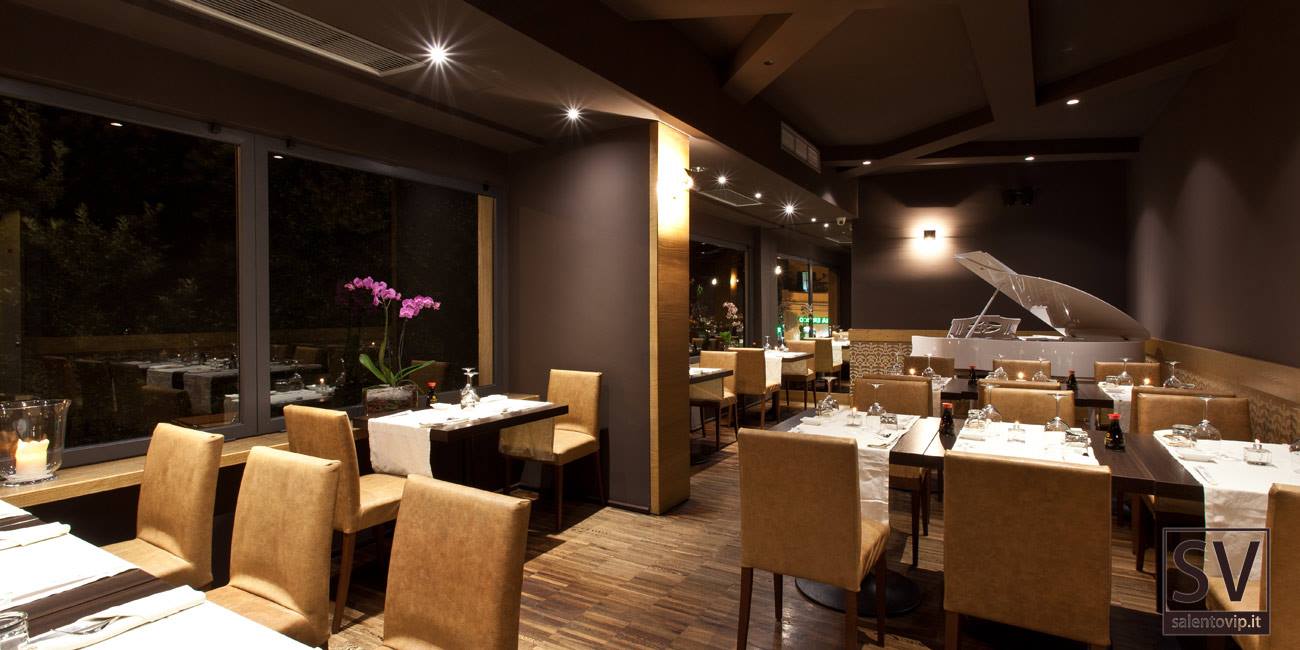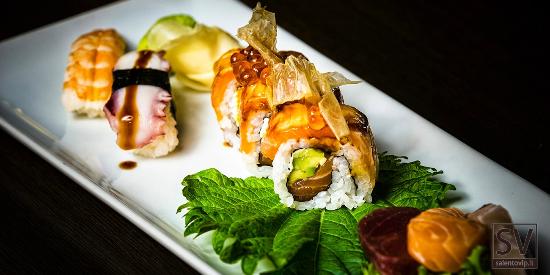

Zhao says neither he nor the restaurant owner had any idea the fish was banned in Beijing.įive years later, the ban has not been lifted but fugu is more popular than ever in the capital city. A day after the review was published, local sanitation inspectors confiscated the fish and slapped the restaurant with an 8,000 yuan ($1,269) fine.

Beijing-based food writer Zhao Ziyun wrote a review about a restaurant serving fugu. While some restaurants play hide-and-seek with government inspectors, some have placed it in broad daylight, in the hope that the puffer fish will pass official approval soon. But you will find that fugu is widely available in mid-end Chinese restaurants specializing in seafood. You cannot find it on any menu, and as far as the authorities are concerned, any restaurant serving this dangerous delicacy is breaching the regulations. However, determined diners can still enjoy this spring delicacy - at their own risk. It's not on any menu, and fugu or puffer fish is still technically outlawed for restaurants in China. On weekends and public holidays, it operates from 5pm to 12am.Delicately sliced and arranged like a crane for this sashimi platter, fugu is pretty as a picture.įor some diners, the risk and the myth around fugu-eating is precisely its charm. Guenpin is located at 32 Maxwell Road, #01-06 and opens from 12pm to 3pm for lunch and 6pm to 12am for dinner on weekdays. It is share-able amongst two people, although it is meant for one person, he said. To sample all the restaurant has to offer - including fugu - Tajiri recommends the Zeitaku course (S$168) that has a nine items. The restaurant serves up Snow Crab Tempura Rice Bowls and snow crab in other iterations. Guenpin is also hoping to draw diners in with another delicacy - snow crab. He does hope to hire Singapore chefs in the future, said Tajiri. Thus, said Tajiri, the fugu served at Guenpin is safe.Ĭhefs must traditionally go through special training to be able to prepare fugu safely and to that end, Guenpin’s chefs are Japan-trained. Once they reach Singapore shores, the fish go through strict checks to ensure that they adhere to Agri-Food and Veterinary Authority (AVA) regulations - and that all the toxins have been removed. It is imported from Shimonoseki in Yamaguchi Prefecture in Japan, and is flown in once a week. Guenpin also serves torafugu (Tiger Puffer Fish), which is the highest-grade fugu on the market, said Tajiri. Matsune, writing for, cited the Tokyo Public Health Department when he claimed that there were no deaths due to fugu consumption in Japan in 20. If prepared incorrectly, or if one consumes too much of the toxins (mostly found in the liver and organs of the fish), the results can be deadly.įugu toxins can lead to paralysis of the muscles, suffocating victims as it reaches their chests and diaphragms while they are still conscious.īut those such as Kaz Matsune, sushi chef at Breakthrough Sushi in the United States, say that there are few actual deaths from fugu consumption. The flesh of the fugu contains a lot of collagen, he said. The restaurant has been fully booked for dinners since its opening.Īsked about the allure of fugu, and Tajiri noted that although it is known as a potentially lethal dish, it also has health properties. The other 40 per cent are Japanese wanting a taste of home. Some have had fugu in Japan but others - like Wee - are the curious. General Manager of Guenpin, Yoshiaki Tajiri, 32, said that 60 per cent of the outlet’s diners are Singaporeans. Or, have it cooked karaage (deep-fried), or in a hotpot. The sushi option (with rice) is available. Guenpin’s options are to have the fish as sashimi “tessa” (thinly sliced), or “butsusashi” (in thick slices). Although fugu has been offered before in Singapore, no other restaurant has offered fugu in quite as many ways. Guenpin, Wee said, also gives him the chance to try different fugu dishes. He had not tried fugu prior to visiting Guenpin, and said he enjoys the “bounce” of fugu flesh, which is known to be relatively chewy and gelatinous. Wee, who describes himself as an adventurous foodie and who is also in the food and beverage industry, noted that “fugu eating is part of traditional Japanese culture” that dates back to the Edo period.

Wee, 53, discovered Guenpin when it opened and has been visiting the restaurant at least once a week since then.


 0 kommentar(er)
0 kommentar(er)
